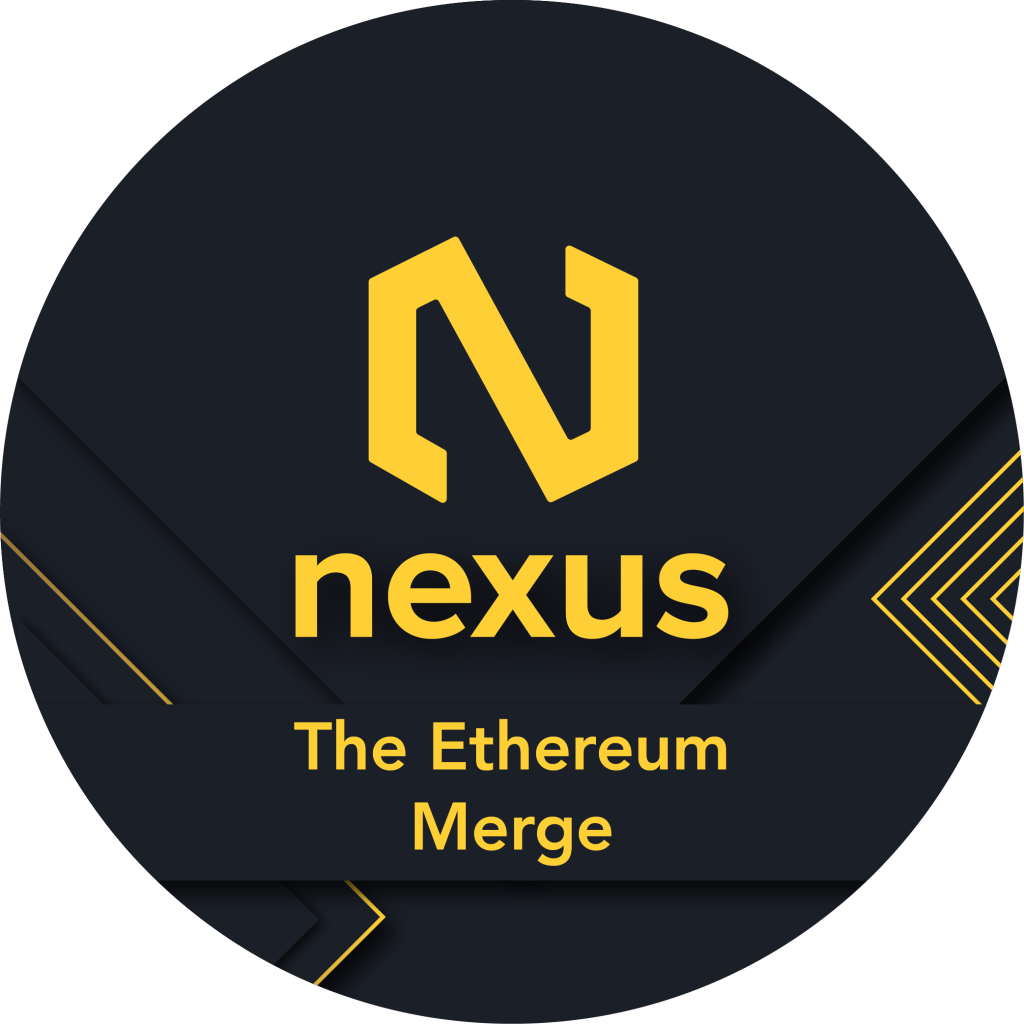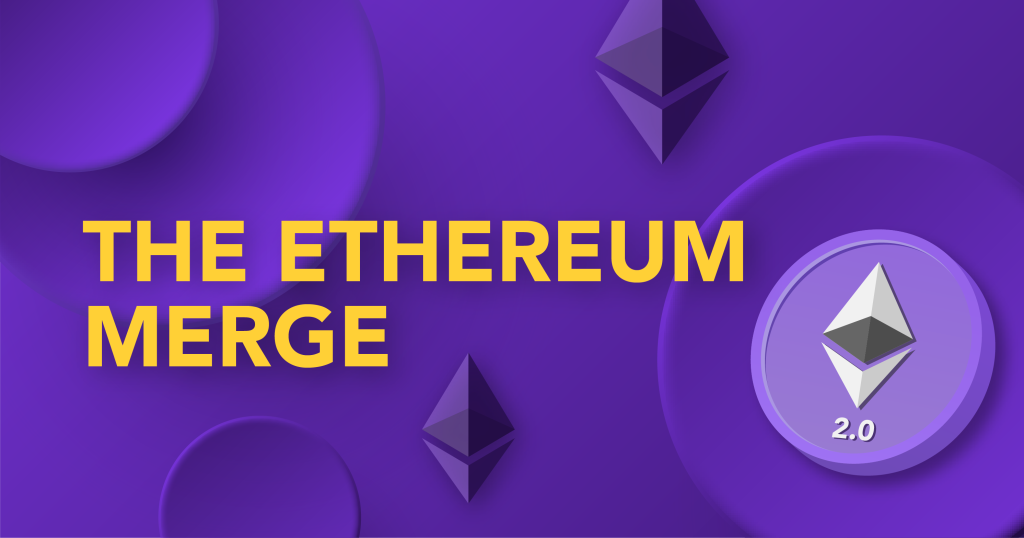Ethereum is the largest general-purpose blockchain in today’s market since its launch in 2015. More than 1,400 Ethereum projects are being built. The upgrade will roll out in three phases – Phase 0, 1, and 2.
Ethereum 2.0 will be launched in 3 phases:
- Phase 0- Beacon Chain
- Phase 1- Shards
- Phase 2- Execution
The Ethereum team likens these 3 stages to parts of the human body:
- Phase 0- Heart
- Phase 1- Limbs
- Phase 2- Brain
Phase 0 – Beacon Chain
Phase 0 started with the official launch of the Beacon Chain on 1st December 2020. The objective of Phase 0 is to provide attestations and randomness for a shard block. The launch of Phase 0 comes a new token, ETH2. Users of Ethereum will be able to convert to ETH2 (at a 1:1 ratio) via a registration contract (which effectively burns the ETH you used to hold). The Beacon Chain also introduces staking to Ethereum, giving the community the option to stake 32 ETH2 on validator nodes.
Learn more with our Ethereum mining guide and learn how to stake Ethereum 2.0 on Allnodes.
Phase 1- Shard Chain
Phase 1 would allow Ethereum to scale immensely via “shards”. The network will be split into 64 shards that operate at the same time, meaning they will all be processing transactions and computation. Phase 1 will also allow the shards to communicate with each other via crosslinking.
Phase 2 – Execution Engine
Phase 2 will bring about the final form of Ethereum 2.0. This is when the existing proof of work (legacy) and newer proof of stake network comes together. From here onwards ETH will be merged into ETH2 and begin a new era for Ethereum.
With its added advantages and scalability, Ethereum 2.0 will garner more and more interest from investors in the years ahead.
The Current State of Ethereum 2.0
(as of 15th June 2022)
Since the launch of the Beacon Chain on 1st December 2020, 3 upgrades have been introduced: the Berlin upgrade, London upgrade and Altair upgrade.
Berlin Upgrade
The Berlin upgrade was launched on 15th April 2021 and optimized the gas costs for some EVM (Ethereum Virtual Machine) actions. The upgrade also increased support for several transaction types.
London Upgrade
The London upgrade was launched on 5th August 2021 and notably bought about a reformation of the transaction fee market for the ETH 1.0 chain via EIP-1559. It also removed or reduced gas fees for specific functions.
Learn more about the London upgrade: Ethereum 2.0 London hard fork rollout.
Altair Upgrade
The latest upgrade known as Altair was launched on 27th October 2021. The Altair upgrade is the first scheduled upgrade for Ethereum’s Beacon Chain and adds support for “sync committees” which enable light clients, bring validator inactivity and slashed penalties up to their maximum values.
What’s next in the development of Ethereum 2.0?
So as we can see in the below diagram, the Ethereum development team are currently testing the first “layer” of the Ethereum 2.0 architecture i.e. Beacon Chain. In future months, the current Phase 0- Beacon Chain would be completed, and development would move onto building Phase 1- Shard Chain and finally Phase 2- Execution Engine.

Currently, we are in Phase 0 of the road towards Ethereum 2.0. The Beacon Chain was launched in December 2020 and exists separately from the Ethereum mainnet that we are all using today. However, the Ethereum mainnet will need to be merged with the Beacon Chain, which is anticipated to happen in 2022. The purpose of this merge is to enable staking features for the entire network and will signal the end of Ethereum mining. This is seen as a positive step as Ethereum mining is very energy intensive and unsustainable for the environment.
After the merge of the Beacon Chain with the Ethereum mainnet, shard chains (i.e. Phase 1) would be introduced which will expand the capacity for Ethereum to process transactions and store data. The shards will eventually gain more features which will be introduced in different phases. Shard chains are estimated to be rolled out in 2022.








